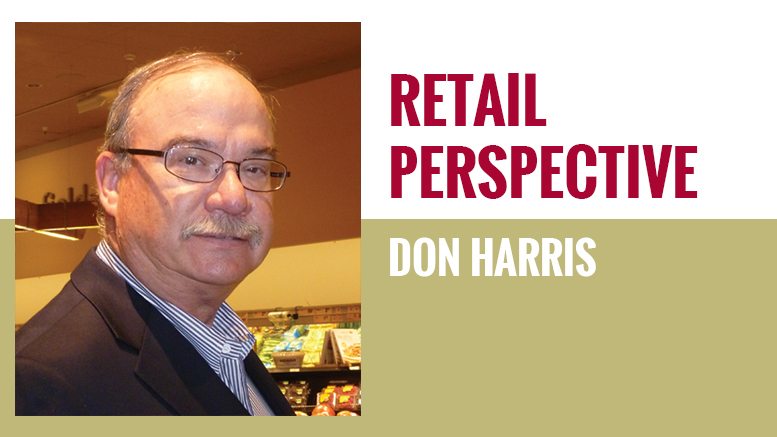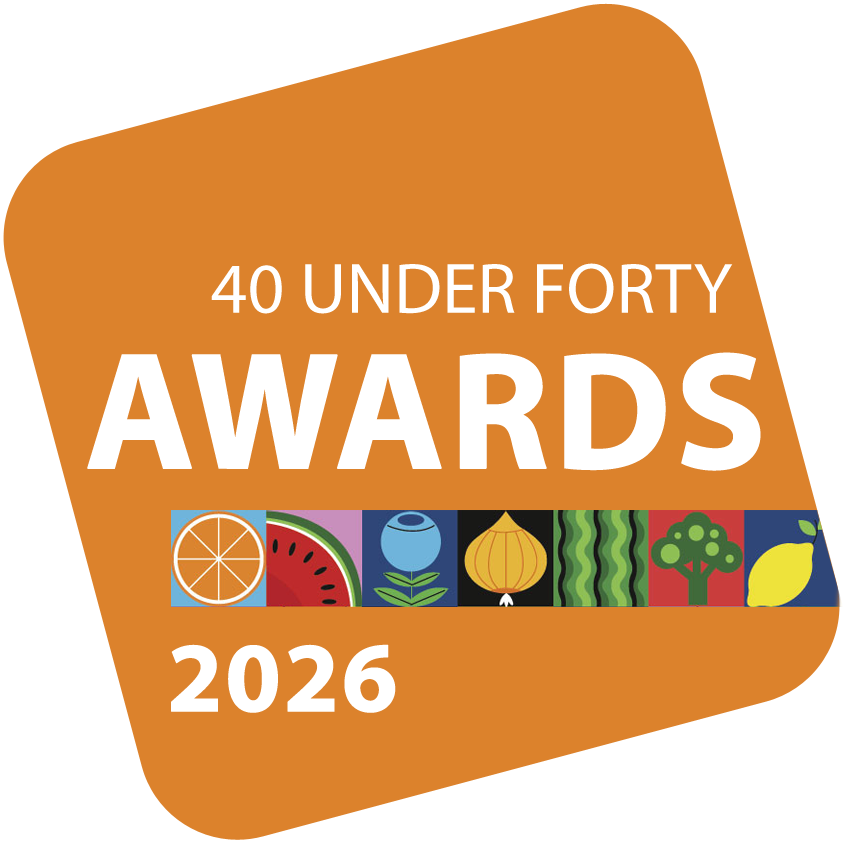Food Recovery Versus Food Waste
September 1, 2016 | 4 min to read
The issue of food waste within the produce industry is critical, with the USDA estimating that 6 to 8 billion pounds, or up to 40 percent of crops, are wasted. Although retailers emphasize donations to food banks, much of this produce is subpar, merely transferring waste rather than addressing food insecurity. Strategic partnerships with groups like Feeding America can optimize the use of off-grade produce, improving quality for those in need and reducing waste, benefiting both retailers and growers.

The subject of food waste is becoming a more important topic  throughout the food industry — including produce. Retail management has long felt that the proper way to attack the food waste problem is to donate excess food from the stores, and occasionally from the warehouse, to food banks and other organizations that feed the hungry. While this act is certainly a noble initiative and represents philanthropy at its best, there are certain faults that should be addressed.
throughout the food industry — including produce. Retail management has long felt that the proper way to attack the food waste problem is to donate excess food from the stores, and occasionally from the warehouse, to food banks and other organizations that feed the hungry. While this act is certainly a noble initiative and represents philanthropy at its best, there are certain faults that should be addressed.
Management, when approached about food waste, highlights the efforts of their operation to donate to causes that feed the hungry. In the world of produce, this doesn’t work as well. Management, however does not see this difference, and once again, “they just don’t get it”!
In the world of agriculture in the United States, there is a large amount of waste. Figures vary from 6 to 8 billion pounds, and up to 40 percent of the total crops produced are wasted according to various research conducted by the USDA and the Environmental Protection Agency. Either way, these numbers are very large and represent an untapped opportunity for the produce industry to make a substantial contribution to eliminate hunger in the United States.
Retail programs for donating excess or out-of-date product to food banks are certainly helpful; however, the need for nutritious, healthy food is higher than ever, and produce can help eradicate food insecurity. The paradox in this situation is that when food banks pick up from retail stores, the quality of the produce is questionable at best.
The vast majority of retailers (maybe all of them) bill the produce department for the produce that is shipped to them from the warehouse. This factor means the store is responsible for the value of the produce. Naturally, each business will do everything possible to try to sell that product to recoup the investment.
Unsold product counts against the operation as “shrink.” It is standard for produce managers to keep product until it is absolutely not salable before discarding it. Unfortunately, this is the type of produce that ends up being donated along with the other products from the store to the food banks. In most cases, this cycle simply transfers the disposal of produce from the store to the food bank.
I have personally seen much of this donated produce, and it is very difficult to recover any of the usable food in this poor quality product.
Retail programs for donating excess or out-of-date product to food banks is certainly helpful; however, the need for nutritious, healthy food is higher than ever, and produce can help eradicate food insecurity.
The answer is to get produce donated before it becomes unsalable and unusable. Perhaps an enlightened retailer might establish a solution to credit the store for the donations made to food banks — thus offsetting some of the produce departmental loss. However, this solution would be difficult to track and would have several questions from management about people abusing the practice.
The best way to eliminate food waste and allow for more food recovery would be to train produce personnel to order more accurately — thereby generating less waste. The second, and more important, way of assisting with food recovery and providing more fresh produce to feed the hungry requires innovative programs at the headquarters’ level.
The best way to assist in the elimination of food waste would be to partner with relief organizations, such as Feeding America (which represents more than 200 food banks across the country on the various contracts they make with growers for the product they need).
As an example, by making a contract with a grower to utilize discarded product and establishing quality standards and packaging specifications for shipments to local food banks, the results will culminate in an improved process as well as quality food.
It is a win-win situation: the grower gets better utilization of his crop and his off-grade product is used to feed hungry people. The retailer gets the benefit of the charitable publicity as well as potentially better costs as the grower can receive additional revenue from the food banks for the product.
This process is known as PPO (Pick and Pack Out), which is a nominal fee paid to the grower by Feeding America to help offset the costs of harvesting this off-grade product. While Feeding America is engaged in this type of activity with growers directly, a partnership with a retail operation would make even more of this nutritious food available for those people in need of food.
It is an embarrassment for the United States that there are 48 million people who are considered food insecure not knowing where their next meal is coming from or having to make hard choices between other necessities of life and food. This type of resourceful action and others are ways to enhance food recovery, reduce food waste, and improve the situation hungry Americans.
Don Harris is a 41-year veteran of the produce industry, with most of that time spent in retail. He worked in every aspect of the industry, from “field-to-fork” in both the conventional and organic arenas. Harris is presently consulting and is director of produce for the Chicago-based food charity organization, Feeding America. Comments can be directed to [email protected].
30 of 42 article in Produce Business September 2016

